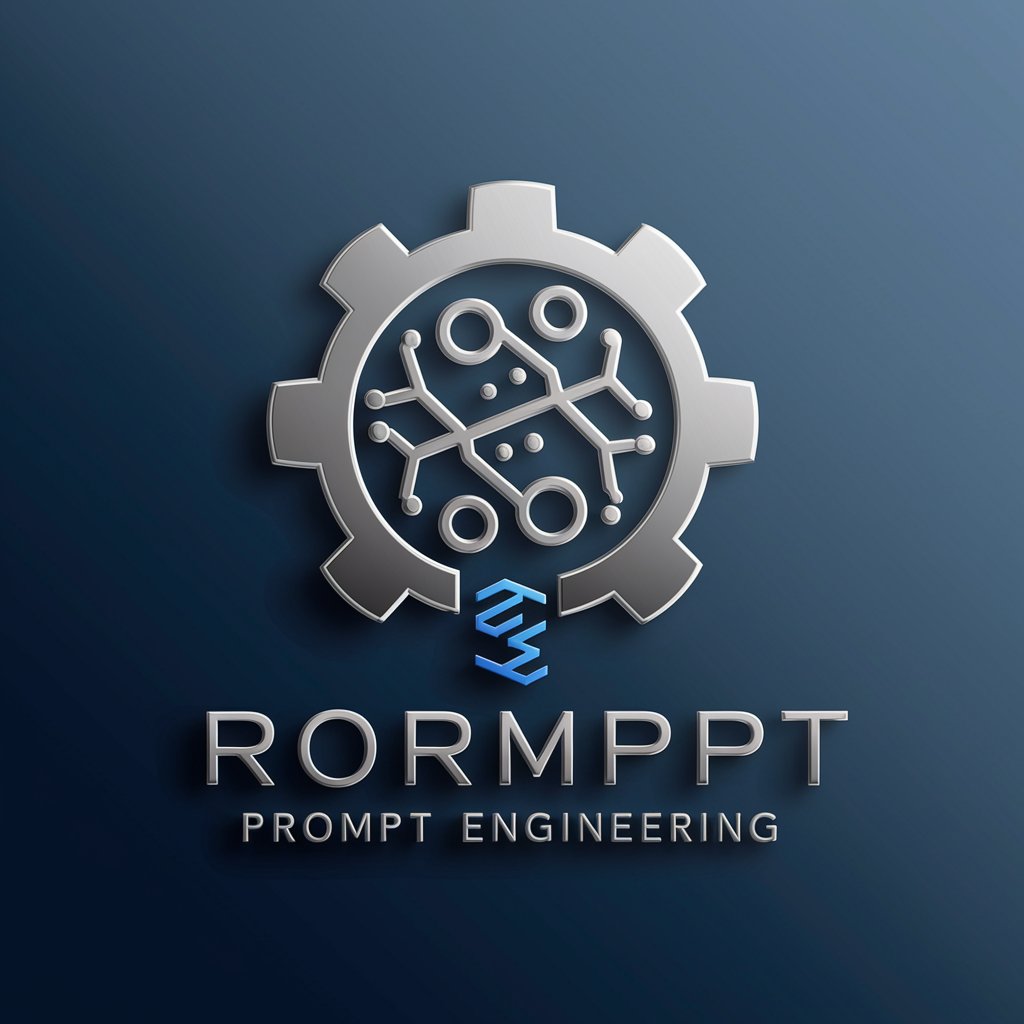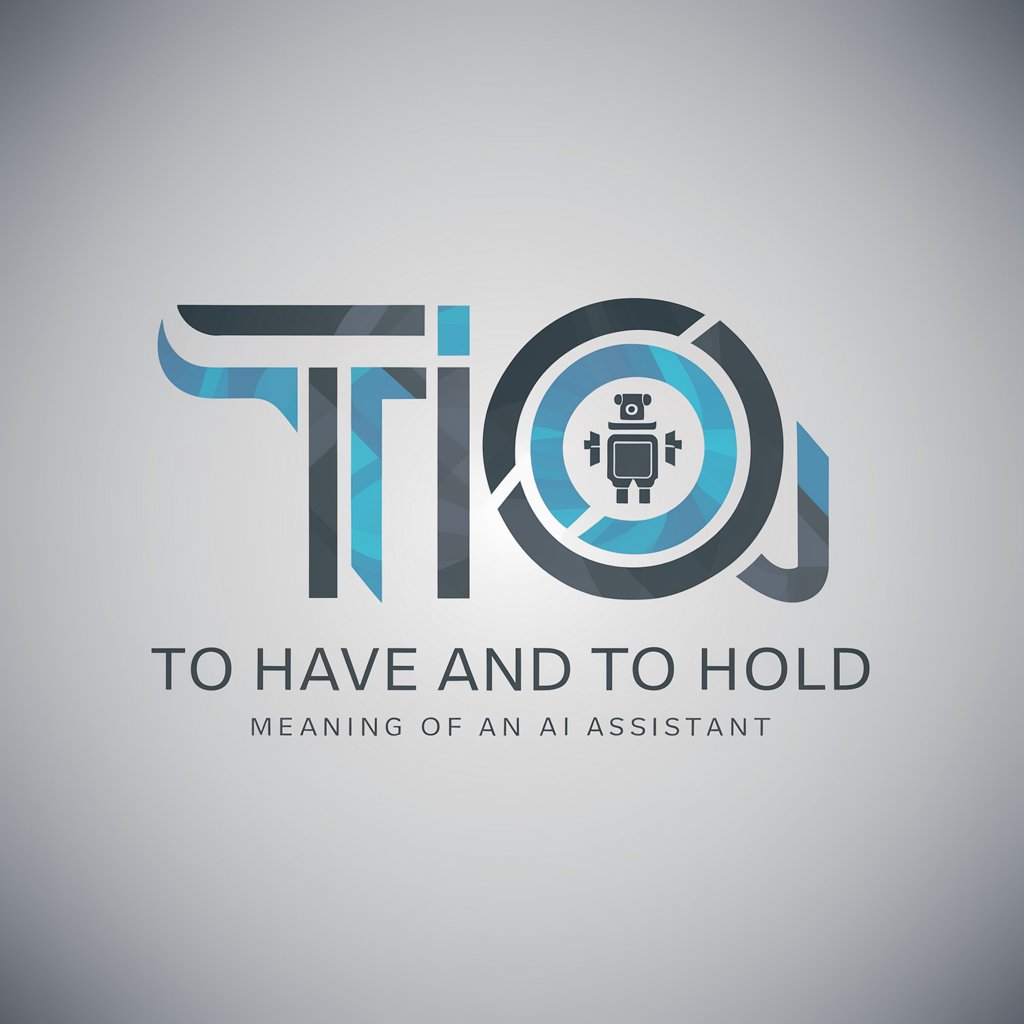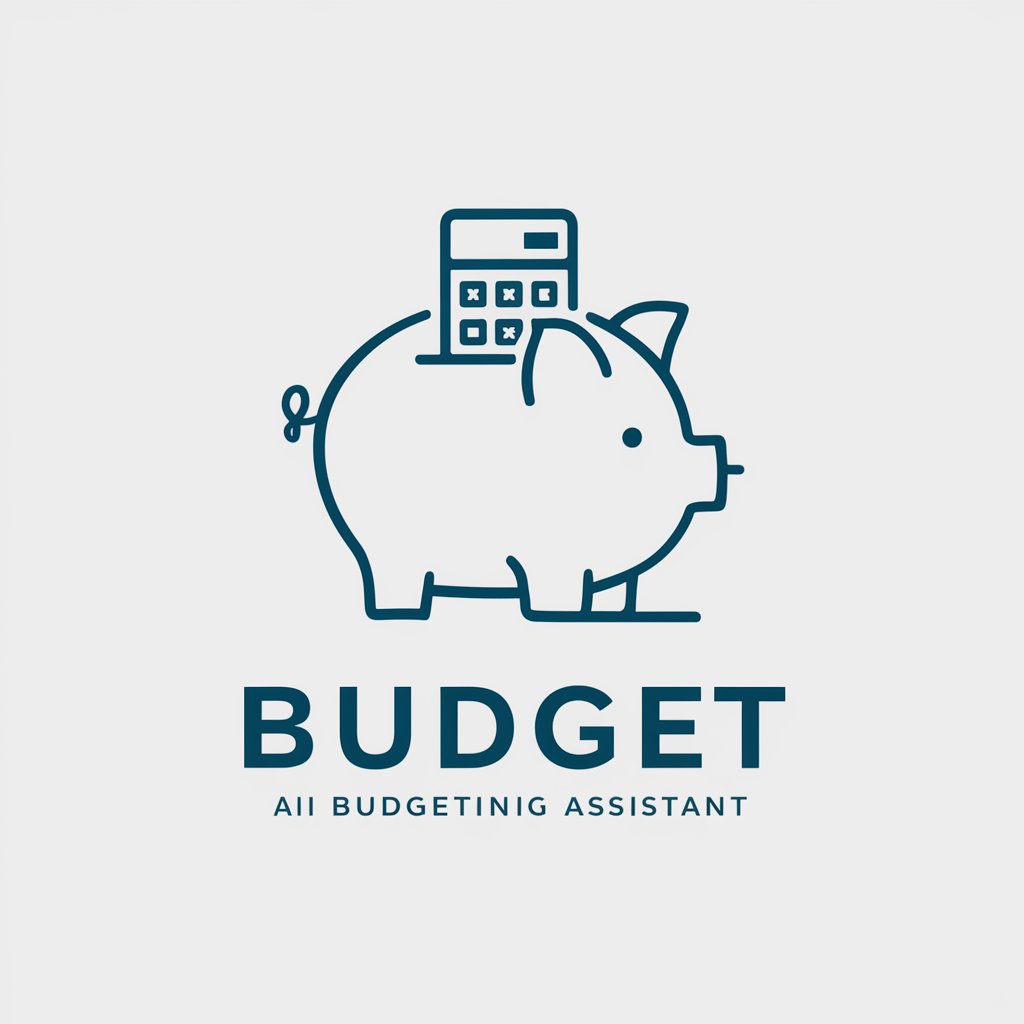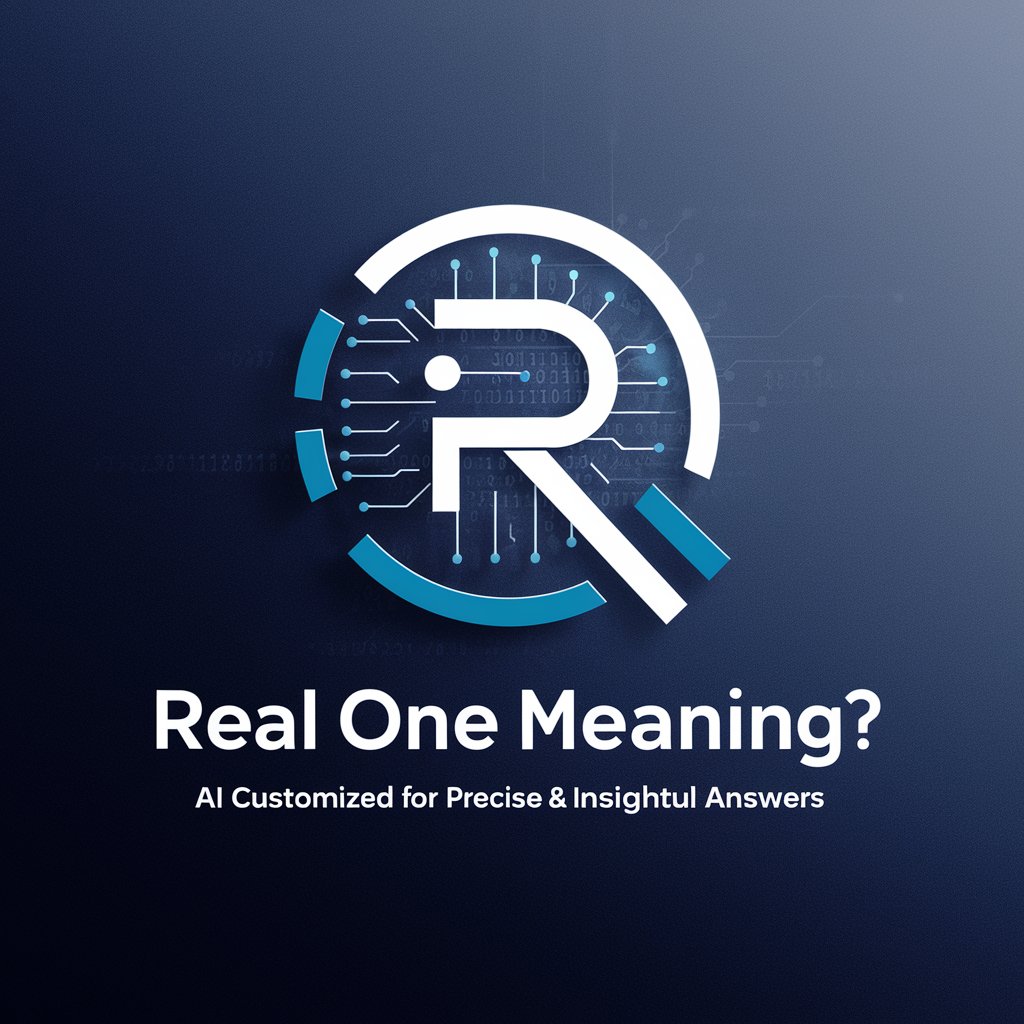Prompt Engineering - AI Prompt Crafting

Welcome! Let's dive deep into the world of AI prompt engineering.
Crafting Precision in AI Conversations
Explain the differences between various AI models and their applications in prompt engineering.
Describe the best practices for optimizing AI-generated content through effective prompt engineering.
List the most valuable tools and techniques for refining AI prompts to achieve high-quality outputs.
Discuss the complexities and challenges involved in creating effective AI prompts for different use cases.
Get Embed Code
Introduction to Prompt Engineering
Prompt Engineering refers to the practice of crafting queries or instructions to effectively communicate with AI models, aiming to optimize their output for specific tasks or objectives. This practice is crucial in the field of artificial intelligence, particularly with models like GPT (Generative Pre-trained Transformer), where the quality of the input prompt significantly influences the relevance, accuracy, and creativity of the AI's responses. Examples of Prompt Engineering include fine-tuning a prompt to generate a piece of creative writing, extracting information from large datasets, or generating code from a description of software requirements. It involves understanding the model's capabilities, limitations, and how it interprets different forms of input. Powered by ChatGPT-4o。

Main Functions of Prompt Engineering
Optimization of AI Outputs
Example
Refining a prompt to generate a detailed market analysis report that matches specific formatting requirements.
Scenario
In a scenario where a business analyst needs to understand market trends for a presentation, they could use Prompt Engineering to guide the AI in producing a comprehensive report, including specific data points and trends analysis.
Enhancement of User Interaction
Example
Designing prompts that facilitate natural and intuitive conversations for users interacting with a virtual assistant.
Scenario
For a virtual customer service application, Prompt Engineering can be used to create prompts that enable the AI to understand and respond to complex customer queries in a conversational manner, improving user satisfaction.
Custom AI Applications Development
Example
Creating prompts that guide AI in developing custom software solutions based on verbal or written specifications.
Scenario
Software developers can leverage Prompt Engineering to convert high-level project requirements into detailed programming instructions, enabling the AI to assist in code generation and accelerating the development process.
AI Training and Fine-tuning
Example
Developing a series of prompts to train an AI model on recognizing and categorizing specific types of images or data.
Scenario
In machine learning projects focused on image recognition, Prompt Engineering can be employed to fine-tune the AI's ability to distinguish between different object classes within images, enhancing its accuracy and utility in real-world applications.
Ideal Users of Prompt Engineering Services
Data Scientists and Analysts
These professionals can use Prompt Engineering to extract insights from complex datasets, generate predictive models, or automate data processing tasks, making their workflows more efficient.
Content Creators and Marketers
For those involved in content creation, marketing, or social media, Prompt Engineering can help in generating creative content, analyzing market trends, and personalizing customer interactions.
Software Developers and Engineers
Developers can benefit from Prompt Engineering by using AI to assist in coding, debugging, and even conceptualizing software solutions, thereby streamlining the development process.
Educators and Researchers
This group can utilize Prompt Engineering to create educational content, facilitate learning through interactive AI tutors, and conduct research by leveraging AI's ability to process and analyze large volumes of information.

Guidelines for Using Prompt Engineering
Begin Your Journey
Initiate your exploration by visiting yeschat.ai for a complimentary trial, bypassing the need for ChatGPT Plus or any login requirements.
Identify Your Goal
Clarify your objectives with Prompt Engineering, whether it's for creating content, solving complex problems, or developing AI applications. Understanding your end goal is crucial for effective prompt crafting.
Learn the Basics
Familiarize yourself with the fundamentals of prompt design, including the types of prompts, how AI models interpret inputs, and the impact of specific wording on output quality.
Experiment and Iterate
Practice by crafting various prompts for different tasks. Use feedback from the AI's responses to refine your prompts, aiming for clarity, specificity, and context to achieve the desired results.
Leverage Advanced Techniques
As you gain proficiency, explore advanced prompt engineering techniques such as zero-shot and few-shot learning, prompt chaining, and using embeddings to enhance the AI's understanding and output relevance.
Try other advanced and practical GPTs
To Have And To Hold meaning?
Deciphering the Depths of Commitment

Overkill meaning?
Unlock Deeper Understanding with AI

The product guy 🤓🚀
Streamline Product Management with AI

Lifecycle Insight AI
Optimizing product lifecycles with AI

Budget
Empowering financial decisions with AI

Work Estimator
Streamline planning with AI-driven estimates

Real meaning?
Unravel deeper meanings with AI

Real One meaning?
Empowering Your Ideas with AI

Waiting For My Real Life To Begin meaning?
Illuminate meanings with AI

Safe To Land meaning?
Elevate Your Writing with AI

G4 Midjourney Prompt Creator
Visualize Recipes with AI-Powered Imagery

Taramasalata Mood Chef
Discover recipes that match your mood

Prompt Engineering Q&A
What is Prompt Engineering?
Prompt Engineering is the practice of designing and refining inputs (prompts) to guide AI models, particularly language models like GPT, to generate specific, accurate, and useful outputs. It involves understanding model capabilities, limitations, and how different formulations of prompts affect responses.
Why is Prompt Engineering important?
Effective prompt engineering is crucial for maximizing the utility of AI models, ensuring high-quality, relevant, and contextually appropriate outputs. It enables users to better communicate with AI, tailoring interactions to specific needs or goals, from creative writing to technical problem-solving.
Can Prompt Engineering improve AI accuracy?
Yes, by crafting prompts that are clear, specific, and contextually rich, users can significantly improve the accuracy and relevance of AI-generated responses. This involves careful wording, providing enough context, and using strategies that align with the AI's learning and processing mechanisms.
How does one become skilled at Prompt Engineering?
Becoming skilled at Prompt Engineering involves a combination of theoretical understanding of AI models and practical experience. It requires learning about different prompting techniques, understanding the AI's capabilities, and continuous experimentation and refinement of prompts based on feedback and outcomes.
What are some advanced Prompt Engineering techniques?
Advanced techniques include zero-shot and few-shot learning, where the model generates responses based on minimal or no prior examples; prompt chaining, where the output of one prompt serves as the input for another; and leveraging embeddings to enhance the model's understanding of complex concepts.
